This red copper box was intended for the storage of betel, the whole is in very good condition and exceptionally beautiful.
The box is abundantly decorated with engraved friezes, the handle and the closure systems are of good quality.
# # While chewing betel for its stimulating properties is an integral part of many Asian cultures, preparation techniques differ regionally and have evolved in the twentieth century. The areca nut is either minced or grated, often flavored with spices and then mixed with lime (calcium oxide) and since the colonial period sometimes with tobacco. The whole thing is usually wrapped in a sheet of piper betle and incorrectly takes the name betel (in some languages, but not in the local dialects which differentiate betel and areca nut, although the word "chew" is used interchangeably there. both products). Lime acts as a catalyst. Areca contains arecoline, an alkaloid that promotes salivation. The walnut colors the saliva red and the teeth orange. Traditionally, after about twenty minutes of chewing, the consumer spits out what remains of the quid.
Dimensions: Height: 14.5 cm - diameter: 25 cm - weight: 1621 grs
FREE SHIPPING FOR FRANCE by colissimo delivery against signature / EUROPE 25 € / WORLD 50 €
For more information, you can reach me on 06 13 36 09 30 or on winsteinprovence@gmail.com
www.winsteinprovence.com


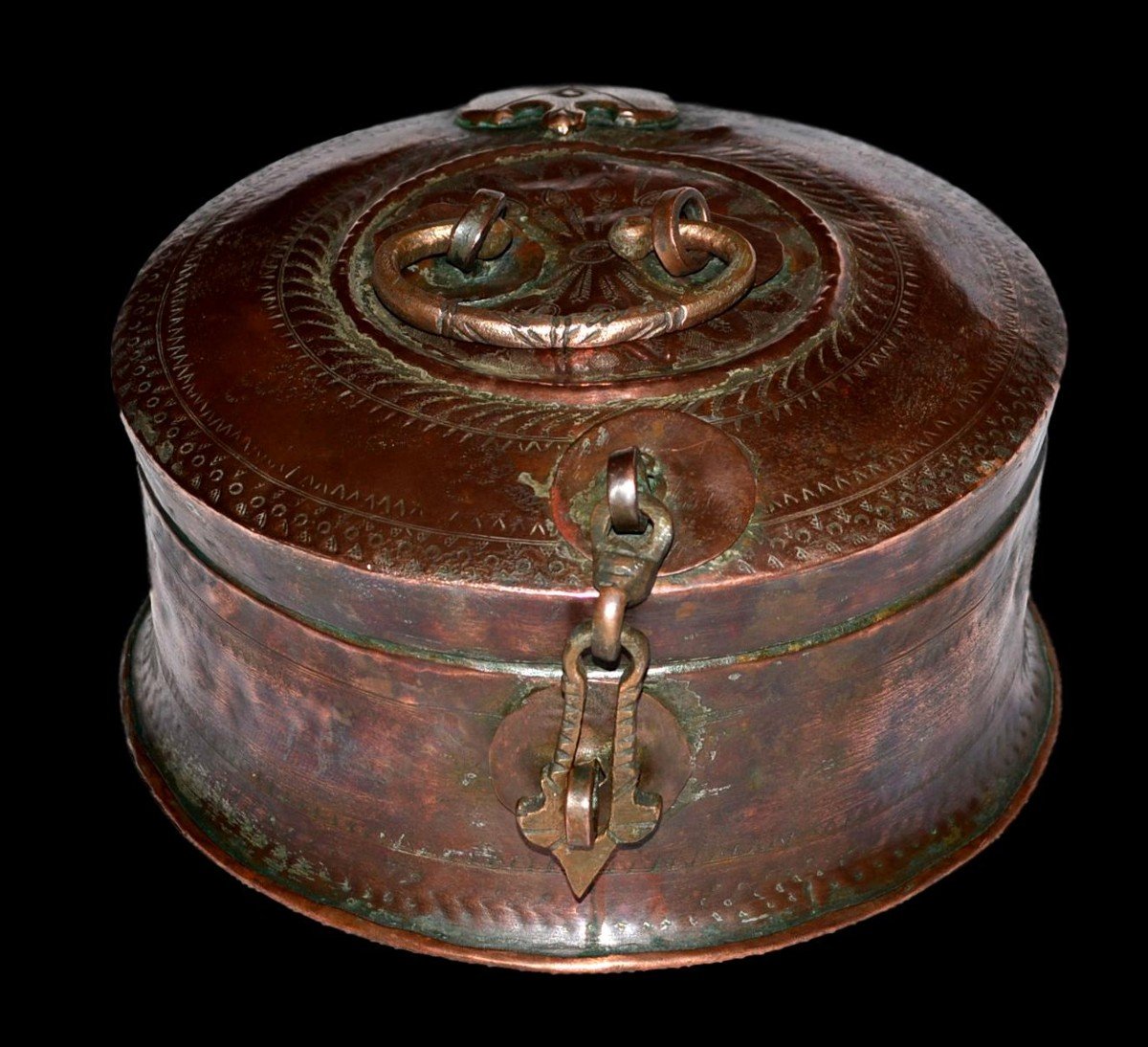
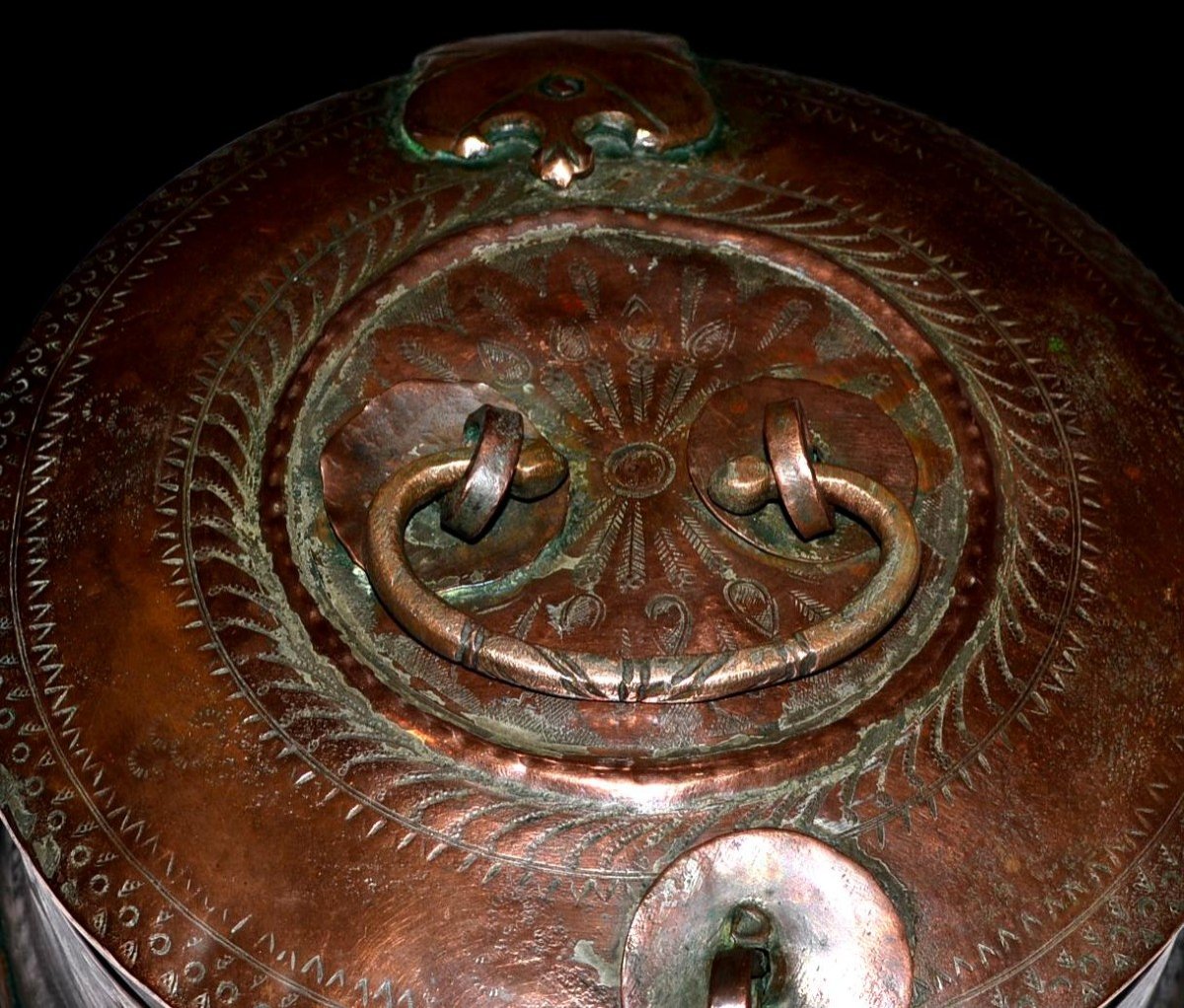


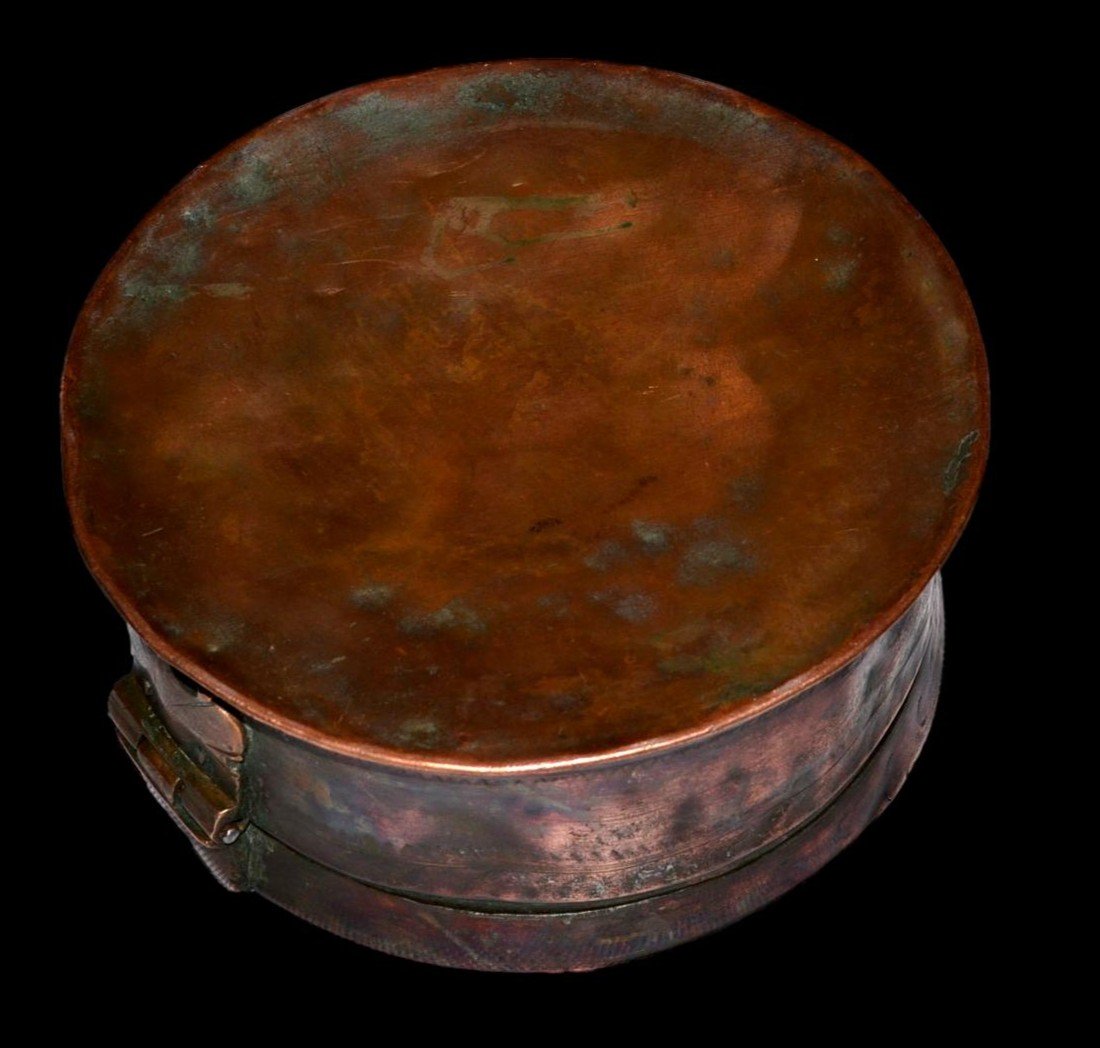
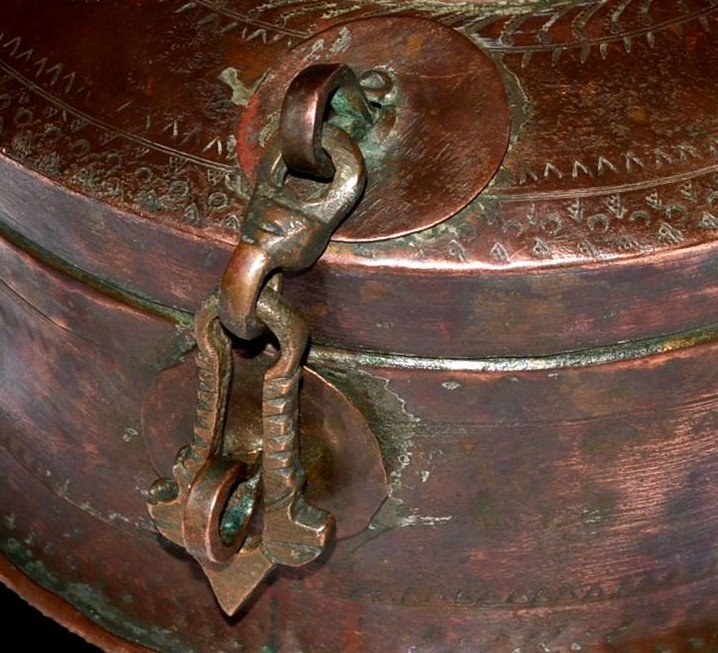
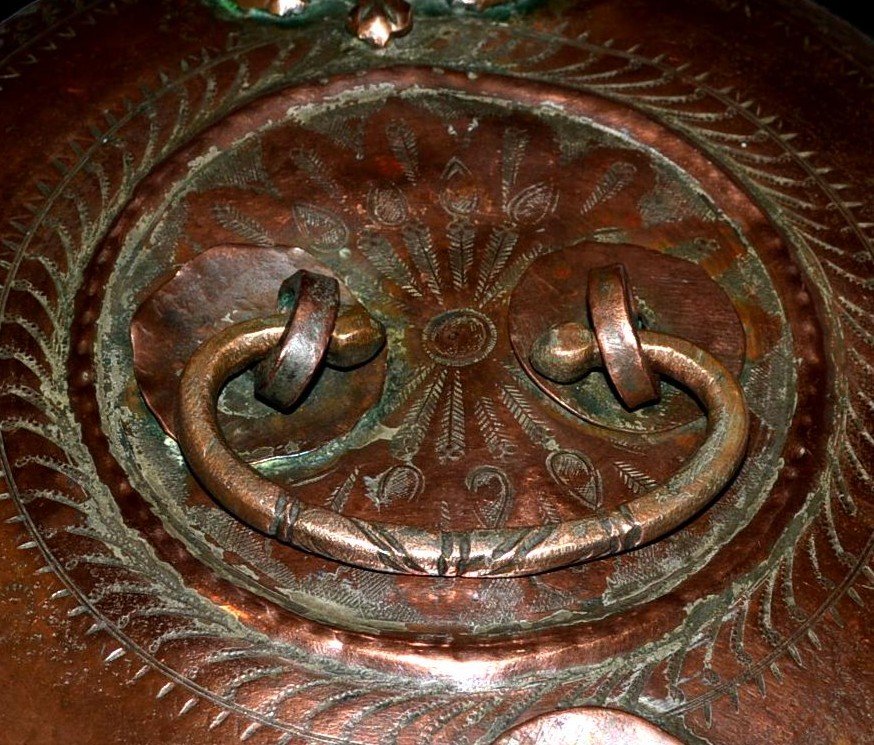
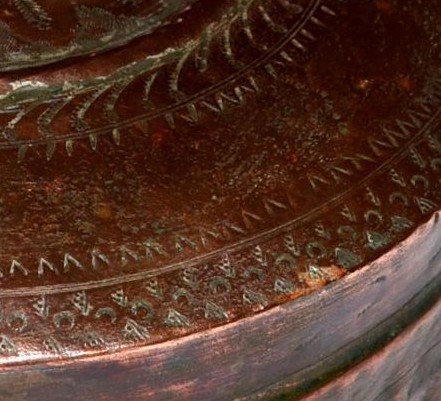
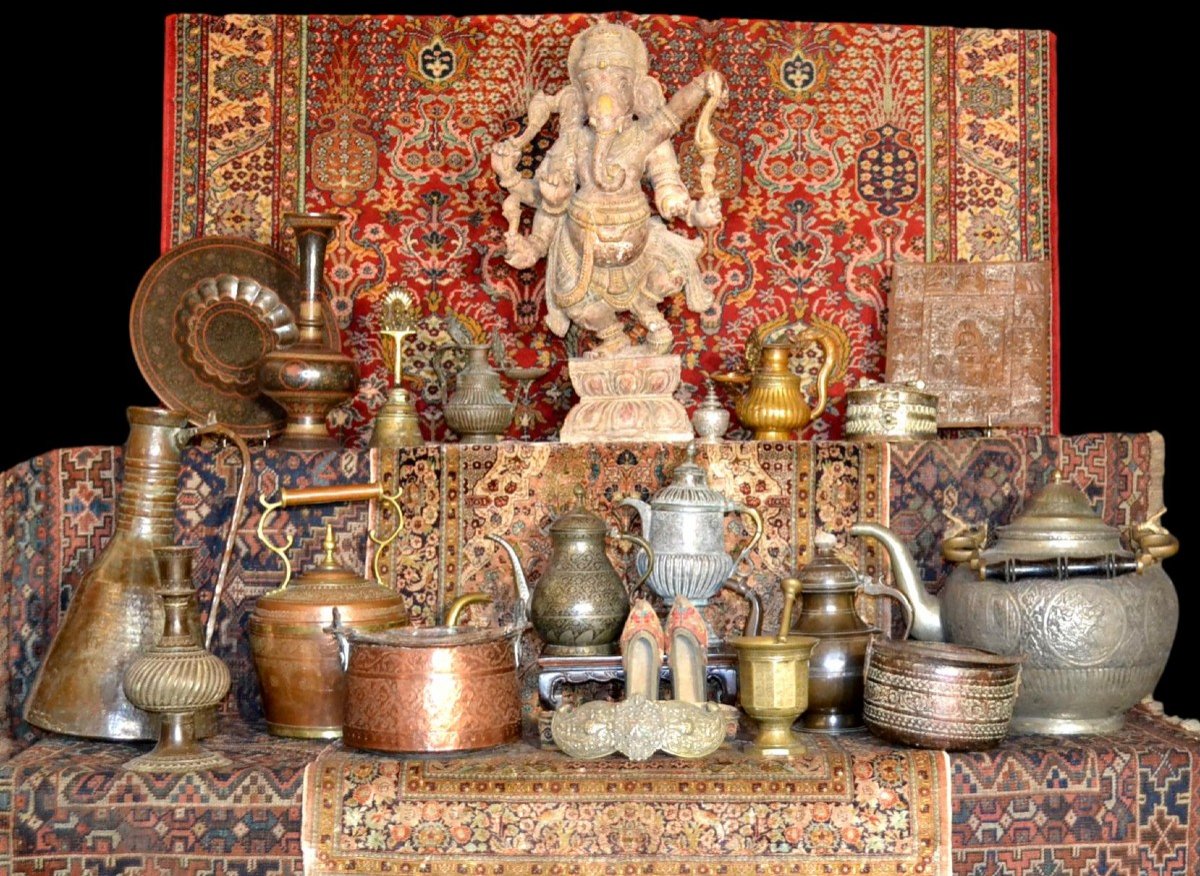
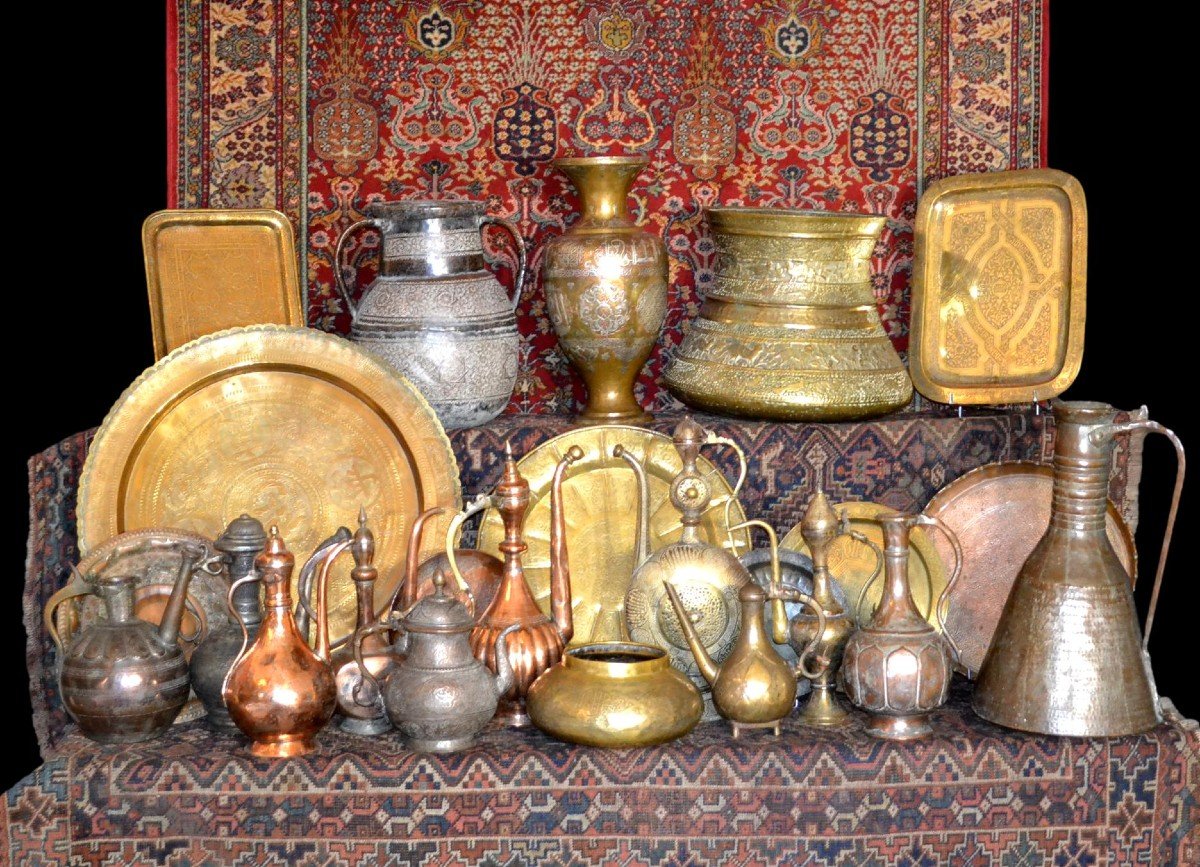
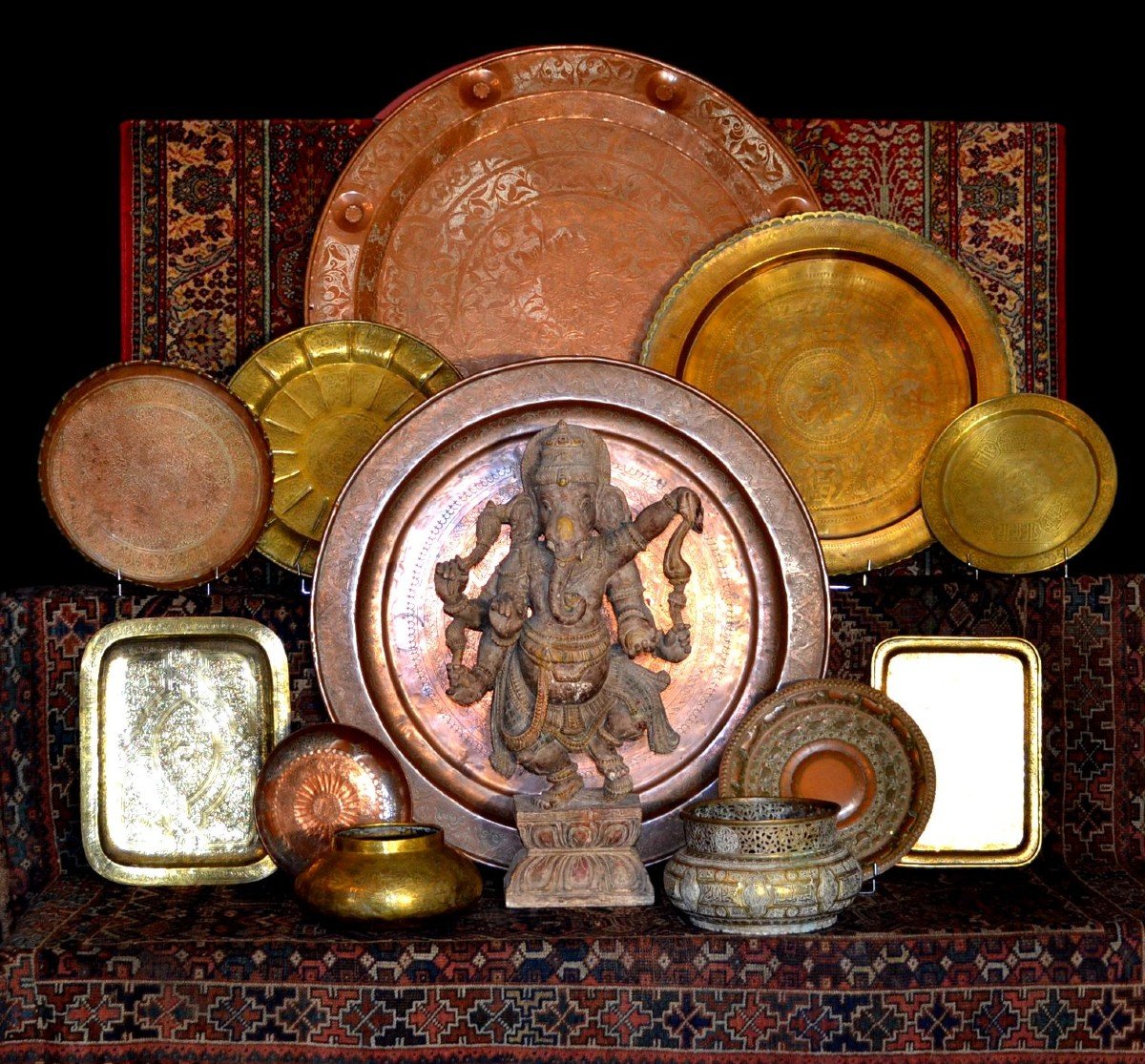














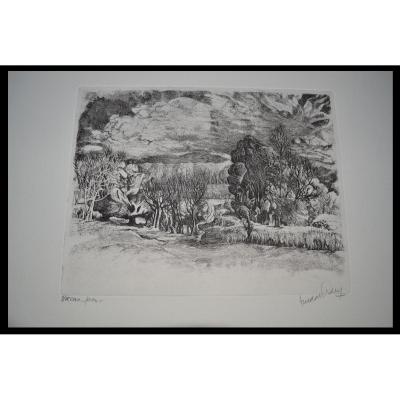
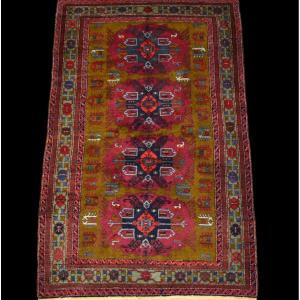

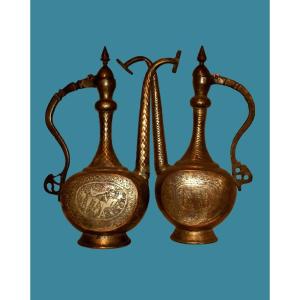
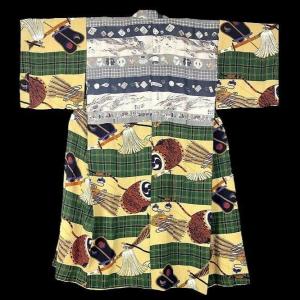
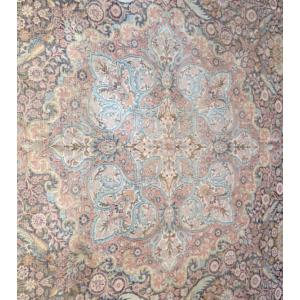
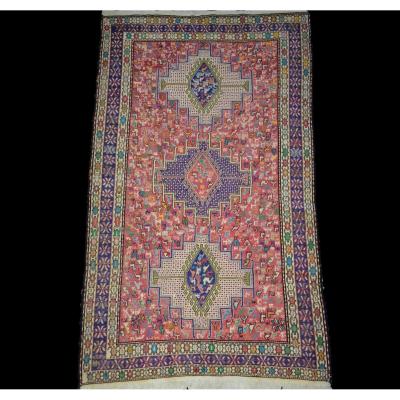
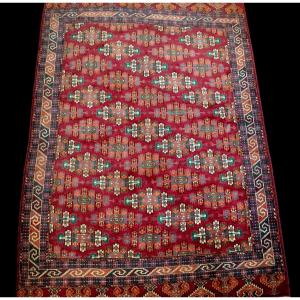




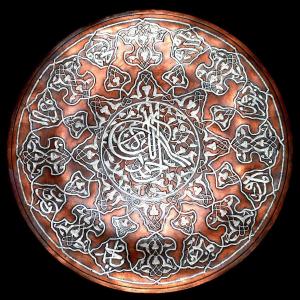
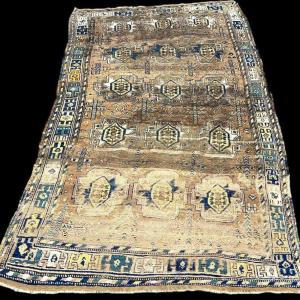
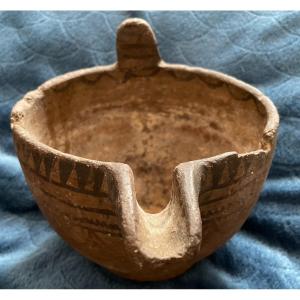







 Le Magazine de PROANTIC
Le Magazine de PROANTIC TRÉSORS Magazine
TRÉSORS Magazine Rivista Artiquariato
Rivista Artiquariato